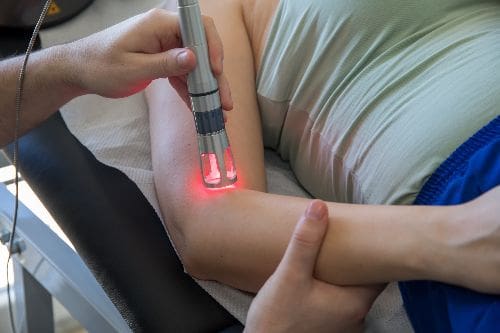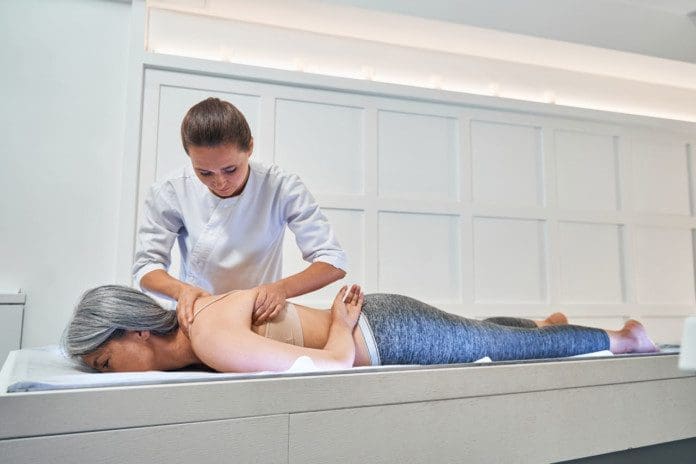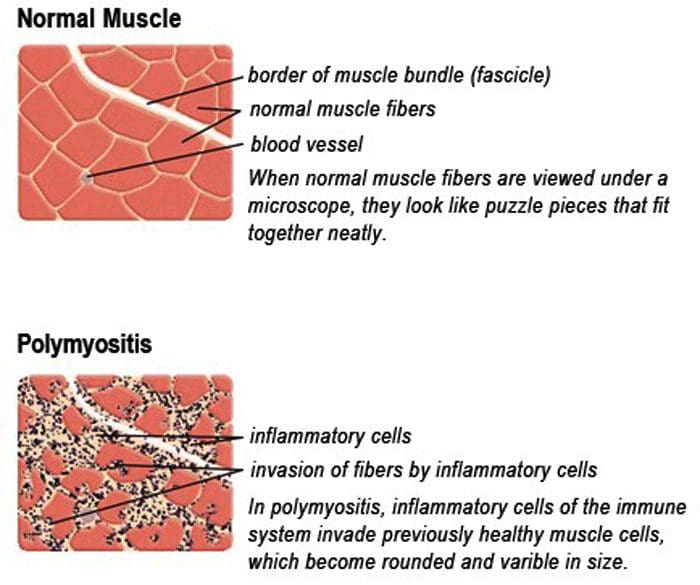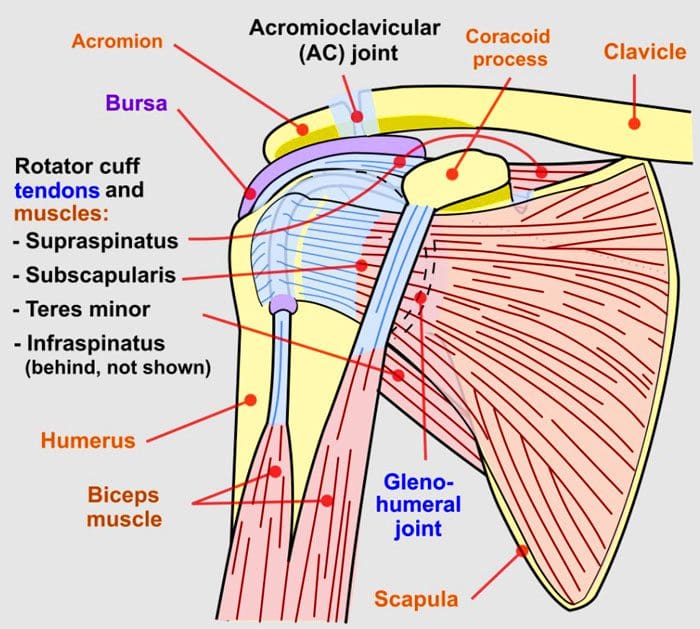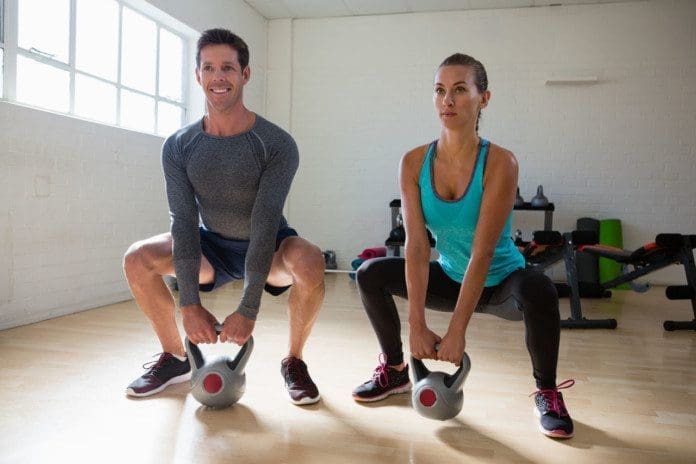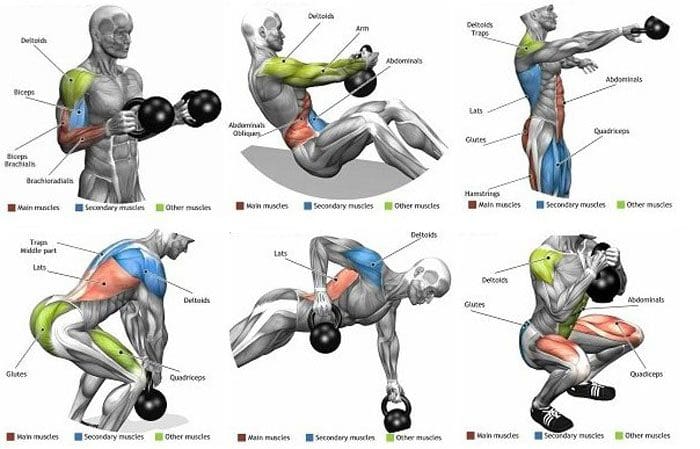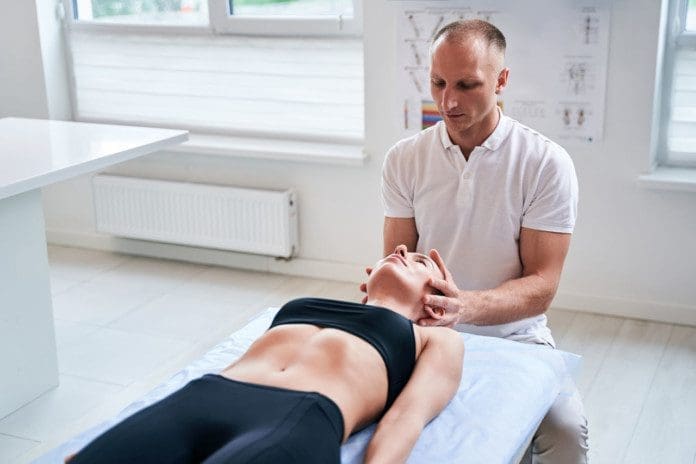Today we demonstrate the modern way to get your groove on with fitness and rehabilitation.
For an appointment please call:
915-412-6677
Fill your evaluation form online: https://dralexjimenez.livingmatrix.com/self_register_patients/new
What do we offer as an integrative team and how do we make it possible.
–
If you have enjoyed this video and/or we have helped you in any way
please feel free to subscribe and share with us.
Thank You & God Bless.
Dr. Alex Jimenez DC, MSACP, ATN, IFMCP. CIFM, CCST
Join our webinars!
https://el-paso-tx-functional-medicine.eventbritestudio.com
Additional Online Links & Resources (Available 24/7)
Online Functional Medicine Assessment: https://bit.ly/functionmed
Online Appointments or Consultations: https://bit.ly/Book-Online-Appointment
Online Physical Injury / Accident Intake Form: https://bit.ly/Fill-Out-Your-Online-History
If you are someone who truly cares about their health we recommend you look at the care plans we offer on our site:
https://www.functionalmedicine.expert/
Please Subscribe: http://bit.ly/drjyt
Facebook Clinical Page: https://www.facebook.com/dralexjimenez/
Facebook Sports Page: https://www.facebook.com/pushasrx/
Facebook Injuries Page: https://www.facebook.com/elpasochiropractor/
Facebook Neuropathy Page: https://www.facebook.com/ElPasoNeuropathyCenter/
Facebook Fitness Center Page: https://www.facebook.com/justplayfitness
Yelp: El Paso Rehabilitation Center: http://goo.gl/pwY2n2
Yelp: El Paso Clinical Center: Treatment: https://goo.gl/r2QPuZ
Clinical Testimonies: https://www.dralexjimenez.com/category/testimonies/
Information:
Clinical Site: https://www.dralexjimenez.com
Injury Site: https://personalinjurydoctorgroup.com
Sports Injury Site: https://chiropracticscientist.com
Back Injury Site: https://www.elpasobackclinic.com
Rehabilitation Center: https://www.pushasrx.com
Functional Medicine: https://wellnessdoctorrx.com
–
Twitter: https://twitter.com/dralexjimenez
Twitter: https://twitter.com/crossfitdoctor
Disclaimer:
The information herein is not intended to replace a one-on-one relationship with a qualified health care professional, licensed physician, and is not medical advice. We encourage you to make your own health care decisions based on your research and partnership with a qualified health care professional. Our presentations share knowledge and information from research, experience, and the collaborative functional medicine community. The information and scope are limited to chiropractic, musculoskeletal, physical medicines, wellness, sensitive health issues, functional medicine articles, topics, and discussions. Our discussions include Integrative Doctors, Functional Medicine Experts, Nutritionists, Health Coaches, Chiropractors, Physical Medicine Doctors, Therapists, Exercise Performance Specialists, Physicians, and others. Each specialist practices within their professional scope of practice and their jurisdiction of licensure. We use functional health & wellness protocols to treat and support care plans for the musculoskeletal system’s injuries or disorders. Our discussions, videos, posts, topics, subjects, and insights cover clinical matters and issues that relate to and support, directly or indirectly, our collaborative clinical scope of practice. We make a reasonable attempt to provide supportive citations and identify the relevant research studies supporting our presentations. We provide copies of supporting research studies available to regulatory boards and the public upon request. We understand that we cover issues that may require an additional explanation of how it may assist in a particular care plan or treatment protocol; therefore, to further discuss the subject matters presented, please feel free to contact Dr. Alex Jimenez.












